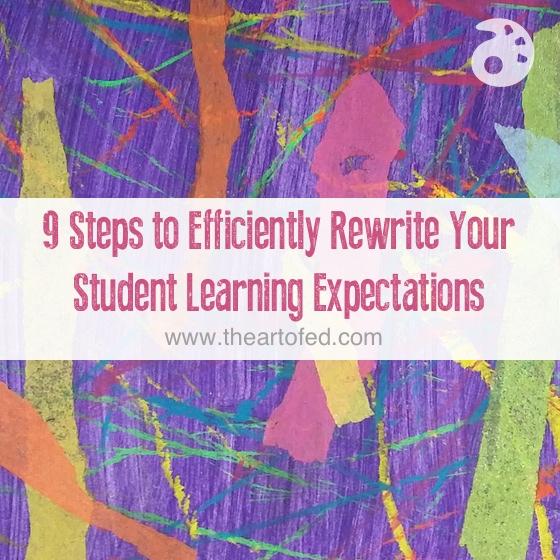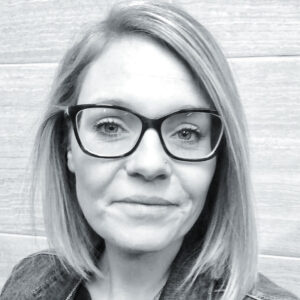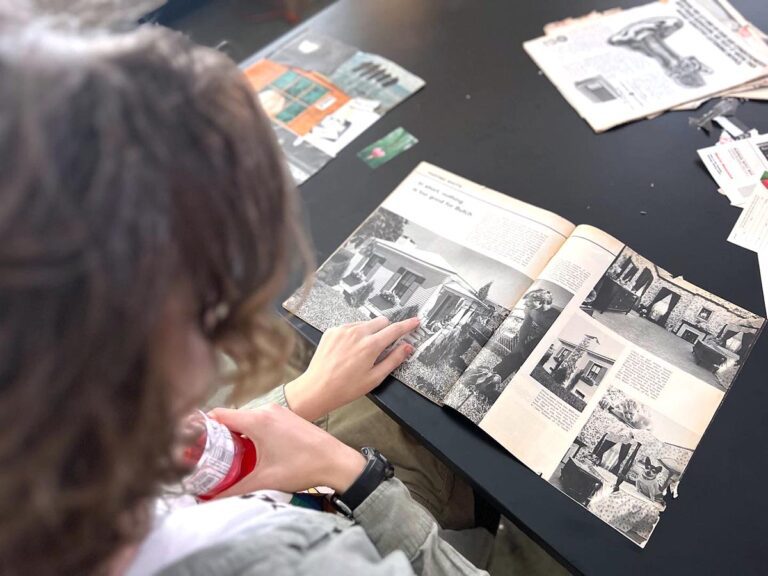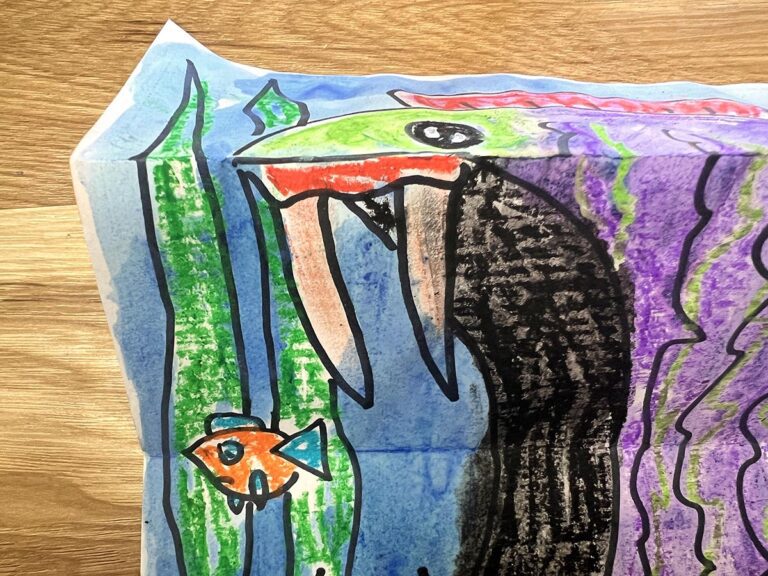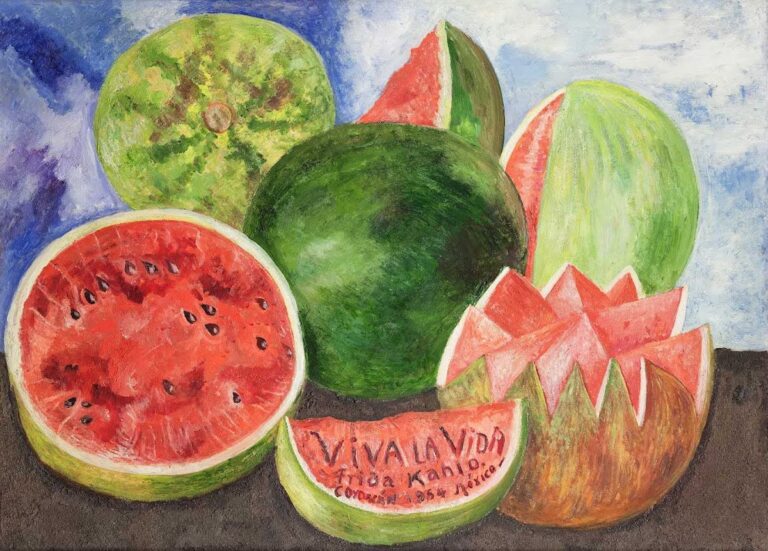Student Learning Expectations (SLE’s) also known as Student Learning Outcomes, (SLO’s), are the standards in which you expect your students to be proficient. If you’ve been through the process of rewriting your district’s Student Learning Expectations, you know the process can be stressful, long, and somewhat discouraging at times.
When a district rewrites their SLE’s, teachers’ opinions often get in the way. Many times this can delay the process. Another factor affecting the success of curriculum writing is lack of direction or leadership. Maybe no one in your district has participated in curriculum writing. Maybe the art teachers haven’t received the proper education on what is expected from the district level. I’d like to share with you how my middle school visual arts PLC successfully rewrote our SLE’s.
When we started the process, I was determined to efficiently guide my PLC through the process by minimizing delays. I would like to add that we feel our standards are a work in progress, as we plan to review them in the fall. We want to compare our standards to the 2014 Visual Arts Standards.
Here are 9 steps to help your PLC efficiently rewrite your Student Learning Expectations.
1. Get buy in from colleagues.
As the PLC leader, it is my job to guide the other members in brainstorming, writing, and achieving a SMART goal. I personally felt some of the SLE’s we had at the time were very wordy, repetitive, difficult to attain, and not written in kid friendly language. Therefore, I brought the idea of rewriting SLE’s to the members of my group. Whether or not your district is requiring you to rewrite your expectations, members need to have buy in and believe in their purpose. Ask yourself, “What do these expectations mean? Are my lessons aligned with the expectations? Are they repetitive? What are they lacking?”
2. Align your standards with NAEA.
Yes, I do realize the standards are changing. (Check out this video regarding the changes.) However, the current standards can be used as a foundation as they are both focused on knowledge and skills, have sound philosophical foundations, and are based on lifelong goals. The 2014 standard focus on artistic skills and behaviors through creating, presenting, responding and connecting. Check out more about the new standards here.
3. Align your standards with your state curriculum.
In additional to aligning your standards with NAEA, you should align them with your state standards. Each state has different standards for visual arts. If you’re unsure what your current standards are, a Google search can help you. Here are the Iowa standards we used.
4. Minimize the number of standards.
Prior to writing our standards, we had 12+ standards in each grade, sixth through eighth. After rewriting, we created 14 common standards for grades six through eight and three different priority standards for each grade.
5. Repeatedly reflect.
I’m big on reflection. Encourage your colleagues to ask themselves thought provoking questions such as: WHAT exactly are we assessing with this standard? How could we assess this standard? What would it look like? What projects could we teach with this standard? Is this standard important?
6. Group standards together.
We realized a lot of our standards were basically the same standard but worded a little differently. Look and see what standards could be grouped together.
7. Be sure to use kid friendly language.
Even after rewriting our previous standards into kid friendly language, some of my students still struggle understanding the meaning. Make it as simple as possible to understand without compromising details.
8. Take your time.
My PLC wrote and rewrote our standards over a series of multiple days. This allowed us to take some time outside of the meeting to reflect on our progress, make changes, and then reflect again. There were multiple times we were done, and after taking the revisions back to our classroom, realized we needed to make more changes. It’s a marathon, not a sprint. We plan to review our standards in the fall.
9. Create “I can” statements.
After you write your kid friendly Student Learning Expectations, turn them into “I can” statements. I post “I can” statements on the board for each assignment so students know exactly what I am expecting them to be proficient in for each lesson.
Realistically, with NAEA and state standards changing, the process of rewriting your Student Learning Expectations might take longer than you expect. You also might have to rewrite them again. (My district will need to re-evaluate ours once the 2014 NAEA standards come out.) However, once you successfully complete the process of rewriting once, the second revision should come much easier than the first.
If you’ve participated in the rewriting of Student Learning Expectations, what advice do you have to help others succeed in the process? Any tips to add?
Magazine articles and podcasts are opinions of professional education contributors and do not necessarily represent the position of the Art of Education University (AOEU) or its academic offerings. Contributors use terms in the way they are most often talked about in the scope of their educational experiences.
